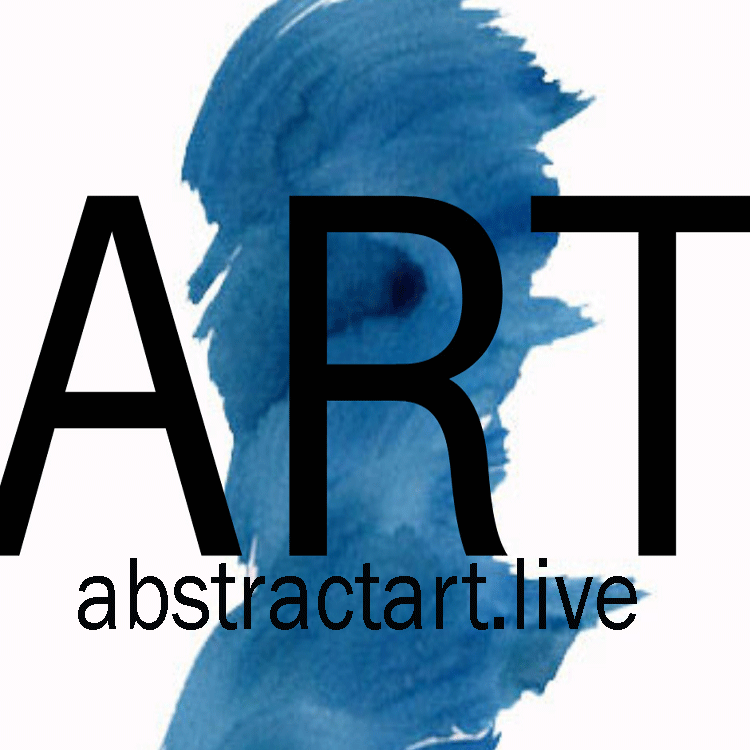STEP-BY-STEP GUIDED BEGINNER ART - HOW TO PAINT WITH ACYLICS
PAINTING AN ABSTRACT TEXTURED LANDSCAPE
Creating a Neutral Abstract Landscape Painting
Summary:
The first step to creating a neutral abstract landscape painting is to prep the canvas, aka the background. The best part is if you’re a beginner, and especially if you’re trying your hand at abstract art, you don’t need a super fancy canvas as often robust paper is more than good enough.
We want the background to be a combination of titanium white and light gray, which adds definition and is pretty standard practice for painting with acrylic glaze mediums. To do that we use glaze and shade pigments. We’ll need a transparent oxide and shade grey color.
The background color is prepped by mixing some transparent brown oxide with the glaze paint. The combo color can then be applied to the wet canvas. Some of the color will flow, which is fine because we want it to blend. We’ll also want to avoid seeing any brushstrokes and a tonne of color. A mop brush can be used to spread the color across the canvas and to prevent brush strokes. Then allow it to dry.
Subsequent layers of subtle colors mainly a mixture of ceramic, black and some bronze will help to define the landscape.
After you’ve applied multiple layers, its time to add the texture to outline the horizon. Now the texture can be applied prior, but in this case, it can be done above the darker layers. The texture can be further highlighted by using some black. We can use the same black across the edges of the canvas to give it a more pronounced look.
AFFILIATE LINKS - THESE ARE PRODUCTS I USE/RECOMMEND:
CANVAS https://amzn.to/3dO9nwP
Flat brush https://amzn.to/3gaMSna
Mop brush https://amzn.to/2Vya2Mq
Modeling Paste https://amzn.to/2AiZcm1
High Flow Acrylics:
Shading Grey https://amzn.to/2YNpyGo
Transparent Brown https://amzn.to/31JaGe7


